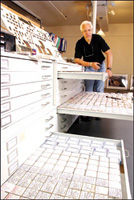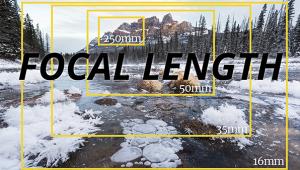The Inside Scoop
The Travel Photographers Kit Part 2
The camera bag is a wonderful
thing. Bodies, lenses, flashes, cables, maybe some gaffer tape--all
the tools of the trade for a working photographer. Serious photographers
(which means Shutterbug readers) love taking a peek into the camera
bags, cases, and equipment rooms of professional photographers. |
|||
While the term "travel photography" encompasses a wide variety of shooting styles, I think the toughest assignments are the ones that force the photographer to both react to and interact with their surroundings. From editorial shooters working for a particular magazine to advertising travel pros who shoot for hotels, ad agencies, and corporations, there are any number of ways to pack for a travel photography assignment. While some travel shooters pack a bag of 35mm gear and a plane ticket, I was interested in the guys who bring the kitchen sink. A Versatile Shooter |
|||
As a photographer working in
the greater Boston area, I'm familiar with Jones' work. From
his dynamic images of Summer and Winter Olympics to his stunning black
and white portraits of prisoners on death row (presented in his gorgeous
book Final Exposure: Portraits From Death Row), Jones is known as a guy
who always finds a unique perspective on any subject. While a lot of photographers
get hot for a while with a unique style, Jones brings true vision to his
work. (Take a peek at his work on his web site www.fotojones.com.)
|
|||
Before we got into the gear Jones and I had a chance to catch up. We commiserated about the state of the modern free-lancer photographer, the realities of flying with equipment, and the future of digital photography. While Jones still captures all of his images on film, he owns a film scanner and has his work for exhibition scanned and printed on an Iris printer. We traded war stories of oblivious assistants, arrogant clients, and life on the road. Then he broke out the gear. Jones' Bag 35mm Gear Medium Format Gear |
|||
Lighting Kits Stands And `Pods Rent Or Own? |
- Log in or register to post comments






















































